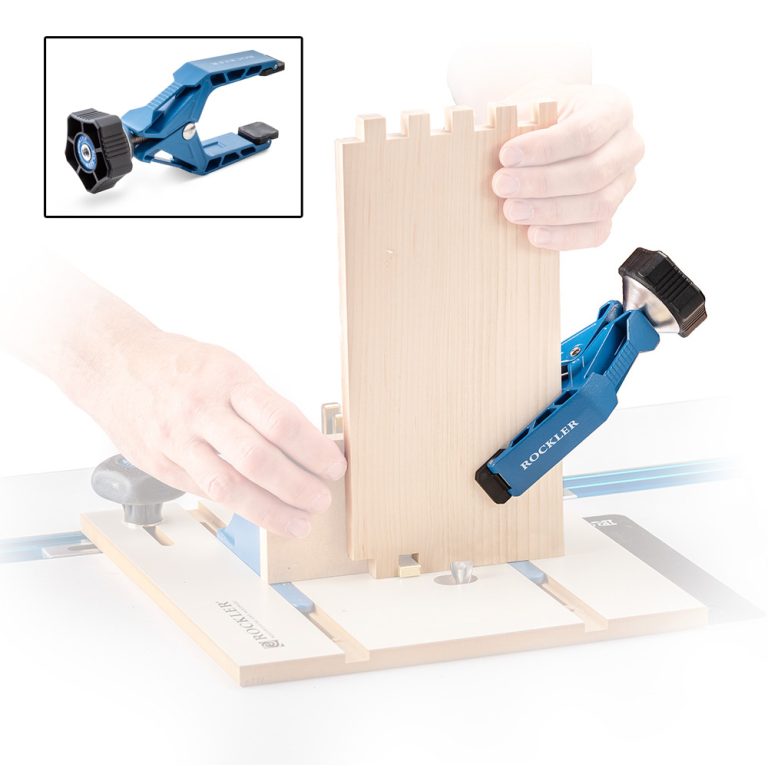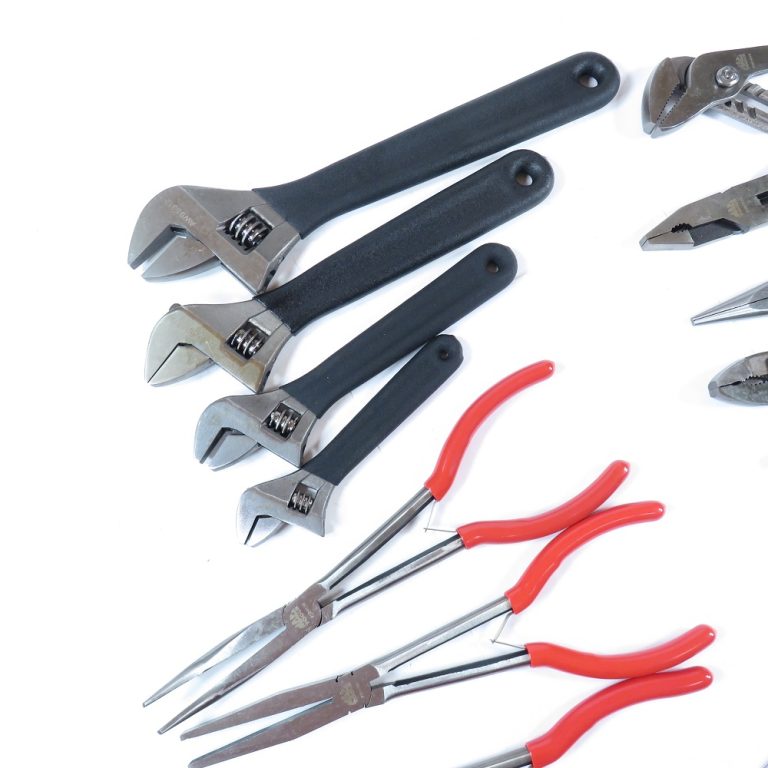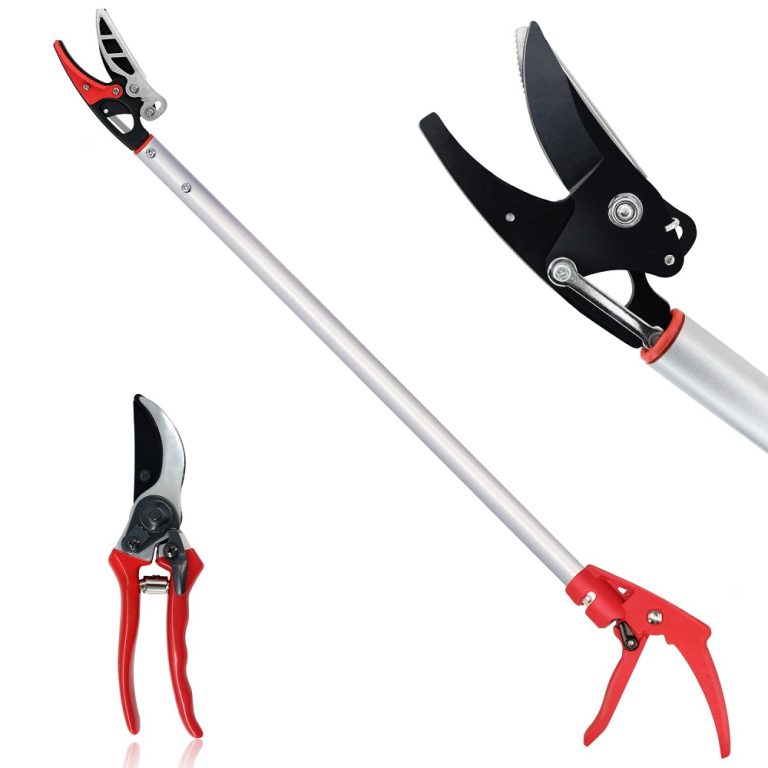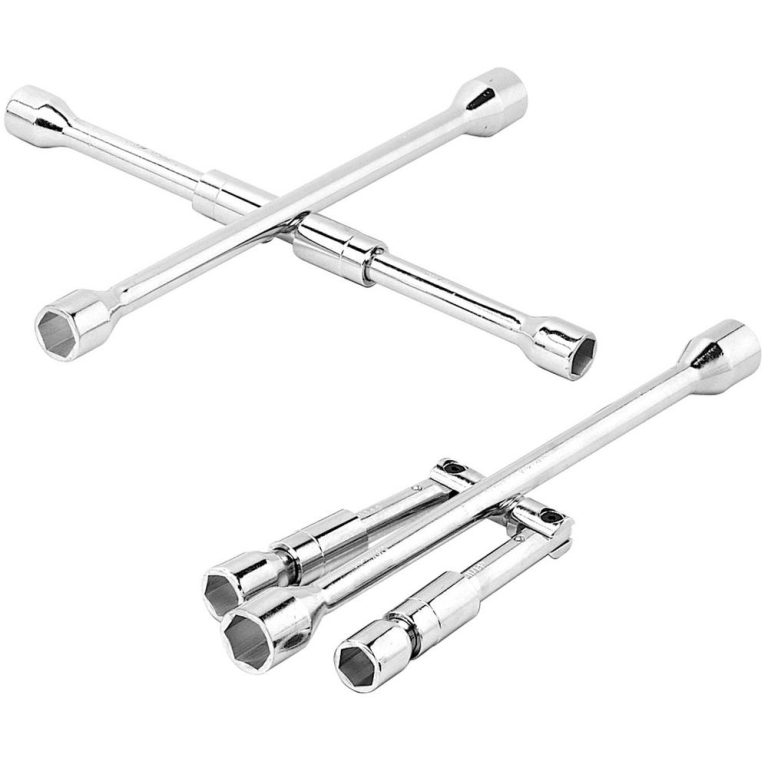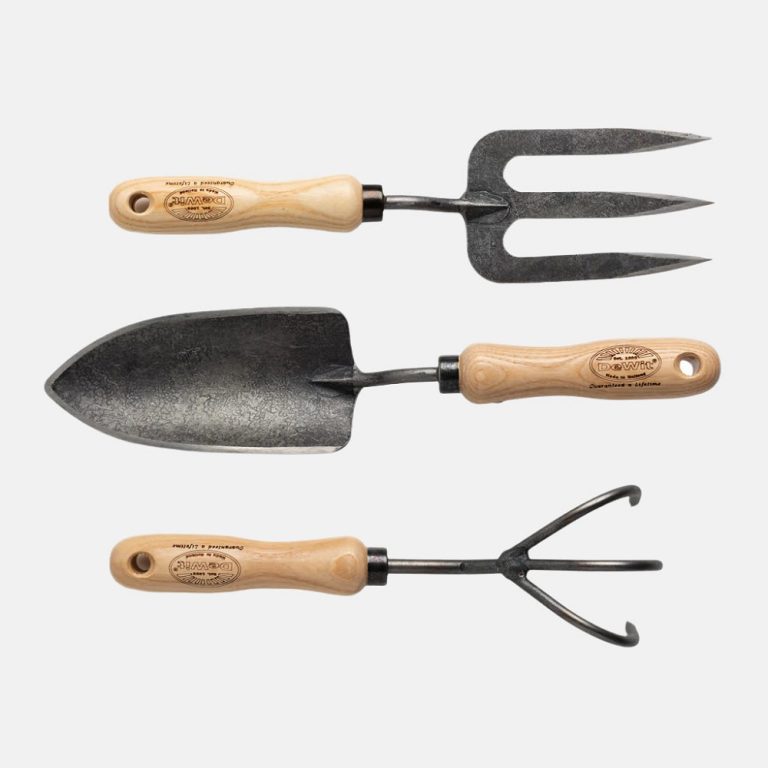Introduction to Clamp Pliers
Clamp pliers are a vital tool in any handyman’s kit. Their primary function is to secure objects tightly together. This ensures stability while carrying out various tasks. Whether you’re a professional or a DIY enthusiast, knowing how to use clamp pliers is key.
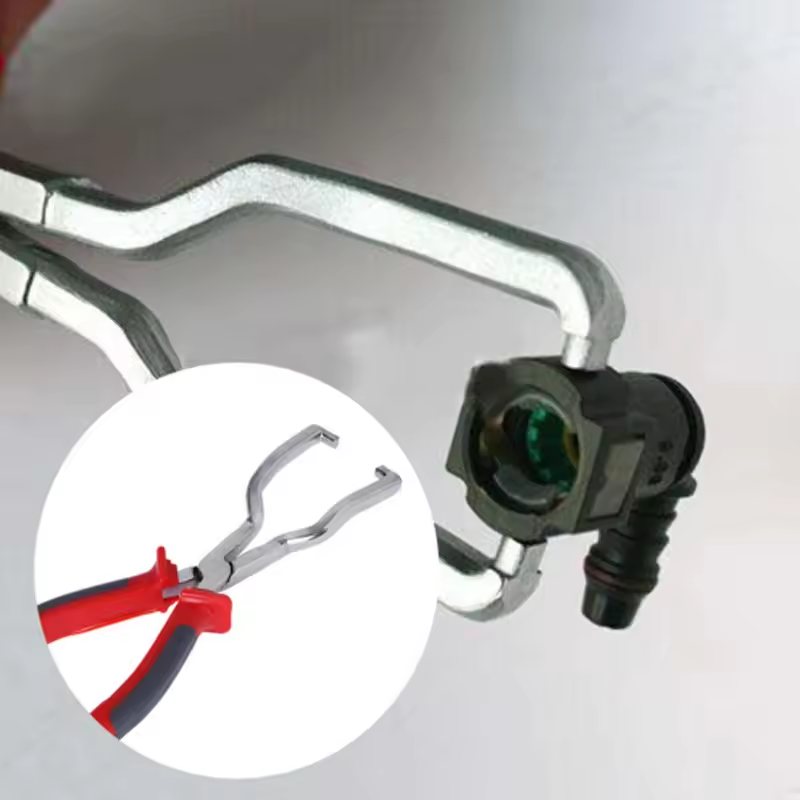
These versatile tools come in different shapes and sizes. Each type is suitable for specific tasks. For example, you have the locking clamp pliers for tasks that need a firm grip. Then there are the sheet metal clamp pliers, which are great for bending and forming metal. It’s important to understand the nuances of each type.
One major benefit of using clamp pliers is their ability to apply a controlled force. This can prevent damage to the parts you’re working on. Moreover, they can free up your hands, allowing you to focus on precision tasks.
In upcoming sections, we’ll cover the various types of clamp pliers. We’ll also dive into how to select the right one for your project, and share essential tips. Plus, we’ll talk about safety and maintenance, help you avoid common mistakes, and reveal advanced techniques. This comprehensive guide aims to sharpen your skills with clamp pliers.
Various Types of Clamp Pliers
Choosing the correct type of clamp pliers is critical for any job. There are several types to consider. Here’s a look at some of the most common ones.
- Locking Clamp Pliers: These pliers have a locking mechanism. They hold components firmly in place. You might use them when a strong, steady grip is a must-have.
- Sheet Metal Clamp Pliers: Ideal for metalwork, these pliers help in bending and shaping metal sheets with precision.
- Hose Clamp Pliers: These are used to tighten or loosen hose clamps. They work well in automotive and plumbing tasks.
- C-Clamp Pliers: Shaped like the letter ‘C’, they are excellent for holding parts together during gluing or welding.
- Needle-Nose Clamp Pliers: These pliers are perfect for reaching into tight spaces. Their long, thin tips are great for delicate or intricate work.
- Angle Clamp Pliers: When you need to create a precise angle, these pliers are the go-to choice. They are common in woodworking.
Each type of clamp pliers serves a unique purpose. They differ in design to cater to specific tasks. When you’re working on a project, think about the material and the force you need. Also, consider how long you need to hold the workpiece. These factors will help you pick the perfect clamp pliers for your task. Using the right type ensures safety, efficiency, and quality in your work.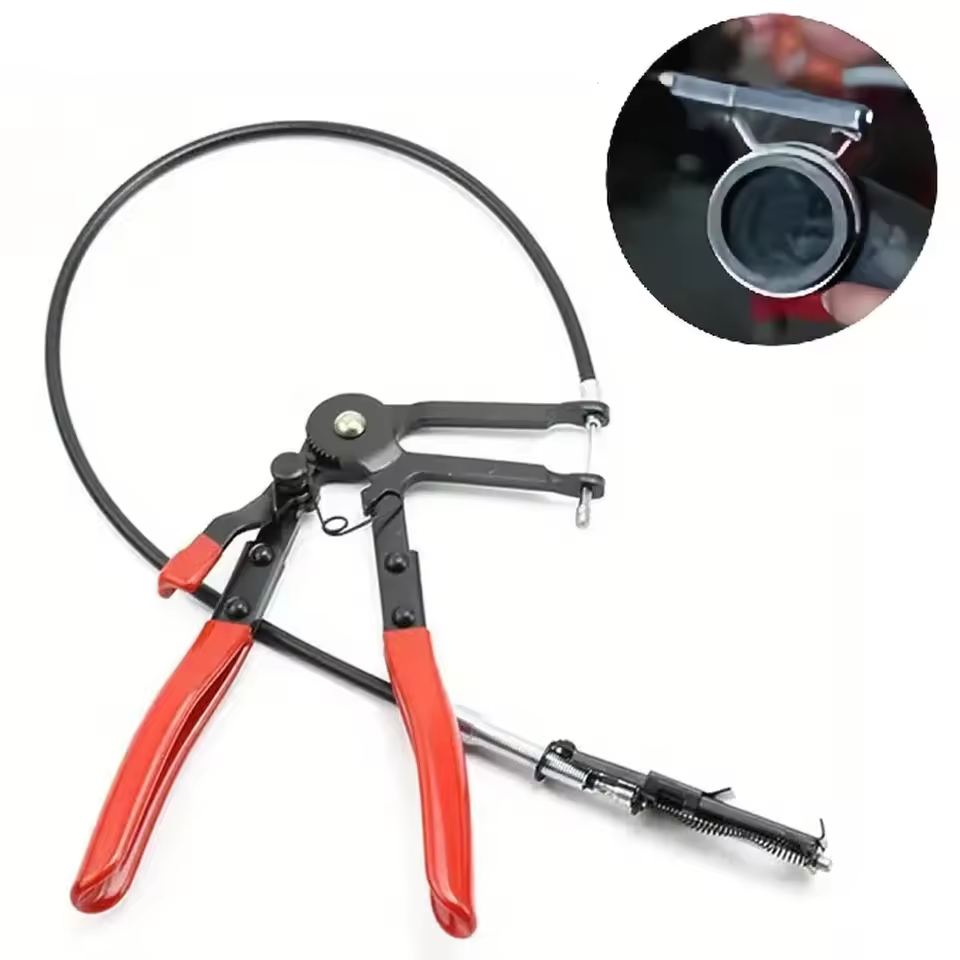
Selecting the Right Clamp Pliers for Your Project
Choosing the right clamp pliers is crucial for your project’s success. To ensure a proper selection, consider the material you’ll be working with. Also, think about the force needed to hold the pieces together. Here are steps to help you select the most suitable clamp plier for your task:
- Identify the Purpose: Are you going to be bending metal, holding wood in place, or working on a car? Match the pliers to the job.
- Consider the Material: Different materials require different types of force and precision. Ensure the pliers you choose can handle the material without causing damage.
- Assess the Grip Requirement: How firm does the grip need to be? For rigorous tasks, locking clamp plier might be needed, while needle-nose pliers are better for delicate tasks.
- Look at the Size and Shape: The size of the pliers should correspond with the workpiece. For larger jobs, C-clamp plier could be more appropriate.
- Check for Special Features: Some clamp pliers come with features like quick-release mechanisms or adjustable pressure settings, which can add to their functionality.
Remember, taking the time to select the right tool will not only make your work easier, but it can also prevent mistakes and accidents. Each type of clamp pliers is designed for specific situations, so choose wisely to ensure safety, efficiency, and a high-quality outcome for your project.
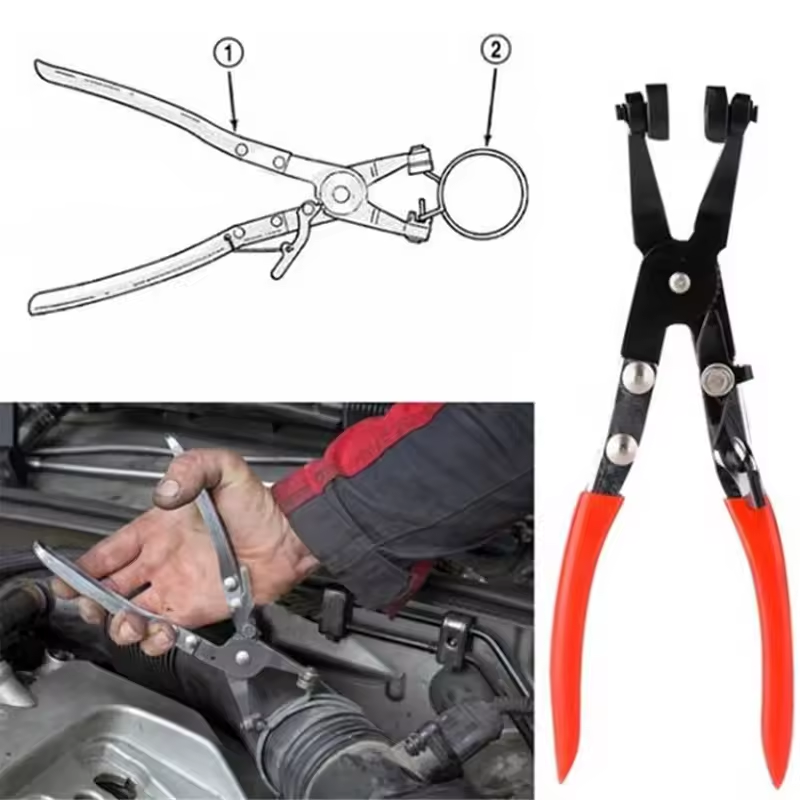
Essential Tips for Using Clamp Pliers
Mastering the use of clamp pliers can greatly improve the efficiency and outcome of your projects. Here are some key tips to help you use clamp pliers effectively:
- Operate with Precision: Always align the jaws precisely with the workpiece. This ensures a secure grip without slipping.
- Adjust Properly: Make sure the pliers are adjusted to the right size before applying pressure. This prevents damage to the parts.
- Apply Even Pressure: When squeezing the handles, apply even pressure to maintain control over the object you are clamping.
- Use the Right Force: Applying too much force can damage the workpiece. Use just enough to hold it firmly in place.
- Release Carefully: When unlocking the pliers, do it gently to avoid any sudden movements that could disrupt your work.
- Position Comfortably: Hold the clamp pliers in a way that feels comfortable in your hand. This reduces fatigue and allows for better control.
- Keep it Clean: Before and after use, wipe the pliers clean to prevent any residue from affecting their performance.
- Double-Check Before Starting: Inspect the setup to ensure everything is secure before beginning any work.
These tips are designed to help you work smarter and safer with clamp pliers. By following them, you not only enhance your skills but also prolong the life of your tools.
Safety Precautions When Handling Clamp Plier
When using clamp pliers, safety is paramount. Here are precautions to keep in mind:
- Wear Protective Gear: Always have on safety glasses to shield your eyes from debris. Gloves can also help to protect your hands from sharp edges.
- Inspect Pliers Before Use: Check your clamp plier for any damage or wear before you start. Broken or worn pliers can be unsafe.
- Ensure a Stable Work Surface: Work on a steady surface. An unstable surface can cause slips and accidents.
- Don’t Overreach: Make sure you can comfortably reach your work. Stretching too far can lead to a loss of control and injuries.
- Be Mindful of Heat: Some clamp plier can conduct heat. Be cautious when working near heat sources to avoid burns.
- Secure Loose Clothing: Keep sleeves and ties tucked in. Loose clothing can get caught in the pliers, posing a risk.
- Use Pliers Appropriately: Don’t use clamp plier for tasks they’re not meant for. This can damage the tool and your work.
- Store Safely After Use: When done, put away your clamp plier in a safe place. A well-organized toolbox prevents accidents.
By following these safety tips, you can minimize risks and ensure a safer working environment while handling clamp plier.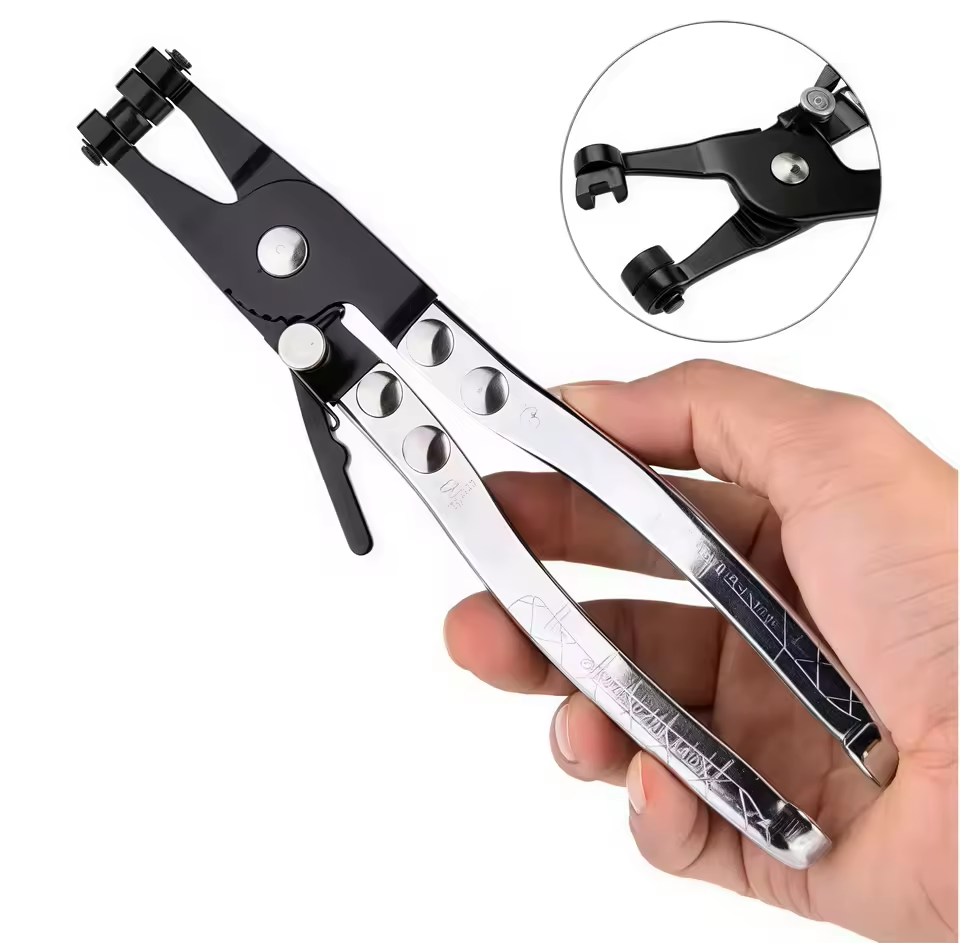
Maintenance and Care for Clamp Plier
Proper maintenance ensures your clamp plier last long and perform well. Follow these care tips:
- Clean Regularly: After use, clean your pliers. Remove debris and dust with a cloth.
- Lubricate Joints: Apply oil to the joints. It prevents rust and keeps the movement smooth.
- Inspect for Wear: Look for signs of wear or damage. Replace parts or the whole tool if needed.
- Avoid Moisture: Store your clamp pliers in a dry place. Moisture can lead to rust.
- Keep Them Organized: Use a toolbox or pouch. This protects your pliers from knocks and scratches.
- Handle with Care: Don’t throw or drop your pliers. Rough treatment can misalign or break them.
By caring for your clamp pliers, you avoid rust, damage, and wear. This helps them stay in good shape and ready for your next project.
Common Mistakes to Avoid When Using Clamp Plier
When it comes to clamp plier, a few common errors can hinder your work. Here’s how to sidestep them:
- Over-Tightening: Applying too much force can damage materials. Only use what’s needed for a firm hold.
- Misalignment: Ensure jaws align with the workpiece. Misalignment can result in slipping or damage.
- Ignoring Wear and Tear: Using worn-out pliers can be unsafe. Inspect them regularly and replace if necessary.
- Improper Size: Using pliers too big or small for the task can cause problems. Always match the plier size to the job.
- Forgetting to Lock: Locking clamp pliers must be secured. Not doing so can lead to a loss of grip and accidents.
- Wrong Plier Type: Each type of clamp plier suits different purposes. Using the wrong one can lead to poor results.
By being aware of these pitfalls and taking care to avoid them, your use of clamp plier will be more effective and your projects more successful.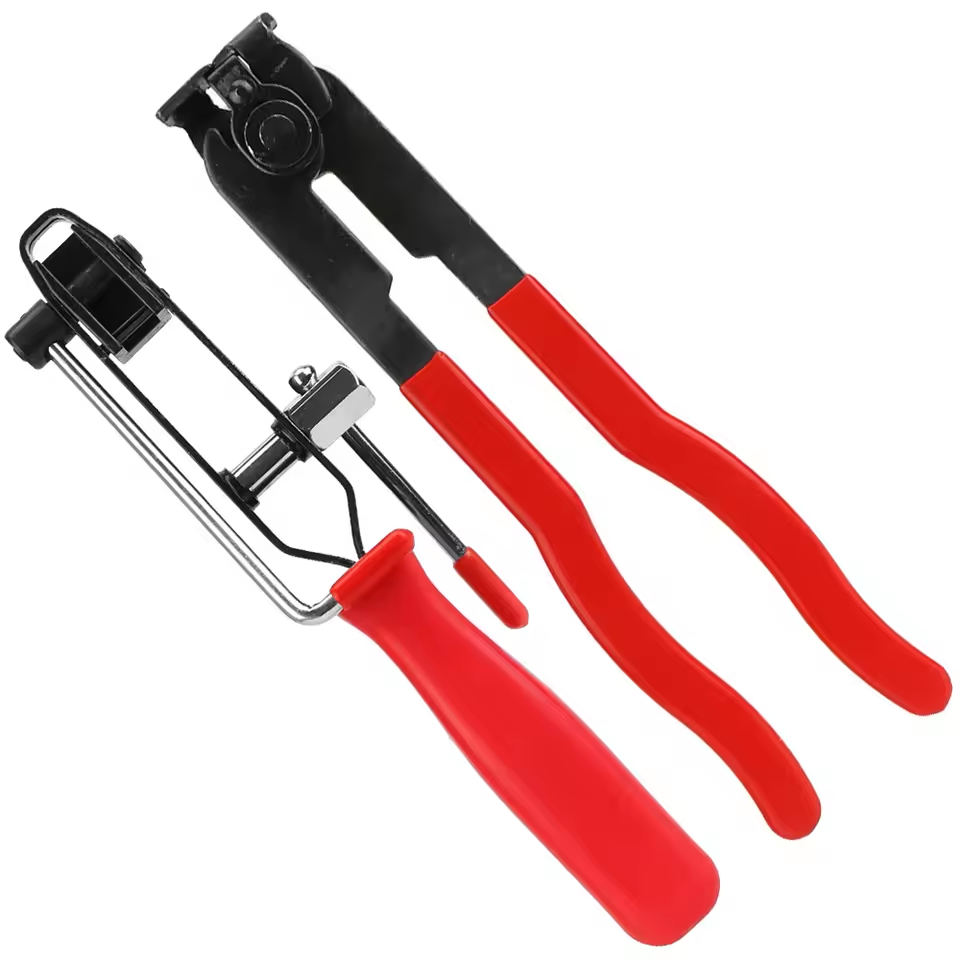
Advanced Techniques and Uses for Clamp Plier
As you become more skilled with clamp plier, trying advanced techniques can save time and improve results. Here are some expert uses and methods:
- Layered Clamping: When working with multiple layers, use your clamp plier to hold them together. This method keeps all layers aligned for accurate drilling or cutting.
- Controlled Release: Develop the skill of slowly releasing the grip. This technique prevents the workpieces from moving suddenly, ensuring precise results.
- Indirect Pressure: Sometimes, direct pressure may damage delicate materials. In these cases, use a buffer, like a piece of wood, between the jaws and the object. It distributes the pressure more evenly.
- Sequential Clamping: For large projects, apply clamps in a sequence. This maintains stability across the workpiece and prevents warping or slipping.
- Heat Applications: Locking clamp plier can assist when soldering or welding. They free your hands and keep the parts firmly in place despite the heat.
- Glue Projects: Use clamp plier to hold pieces while glue dries. Ensure you apply the right pressure to keep them in place without squeezing out excess glue.
- Pivot Positioning: With certain tasks, you can use the pliers as a pivot point. This allows for more intricate manipulation of the material you’re working with.
Embracing these advanced techniques can elevate your efficiency and the quality of your work. It’s about finding new ways to use the tools you have to tackle more complex projects with confidence. Keep practicing, and remember to always keep safety in mind when experimenting with new methods.
